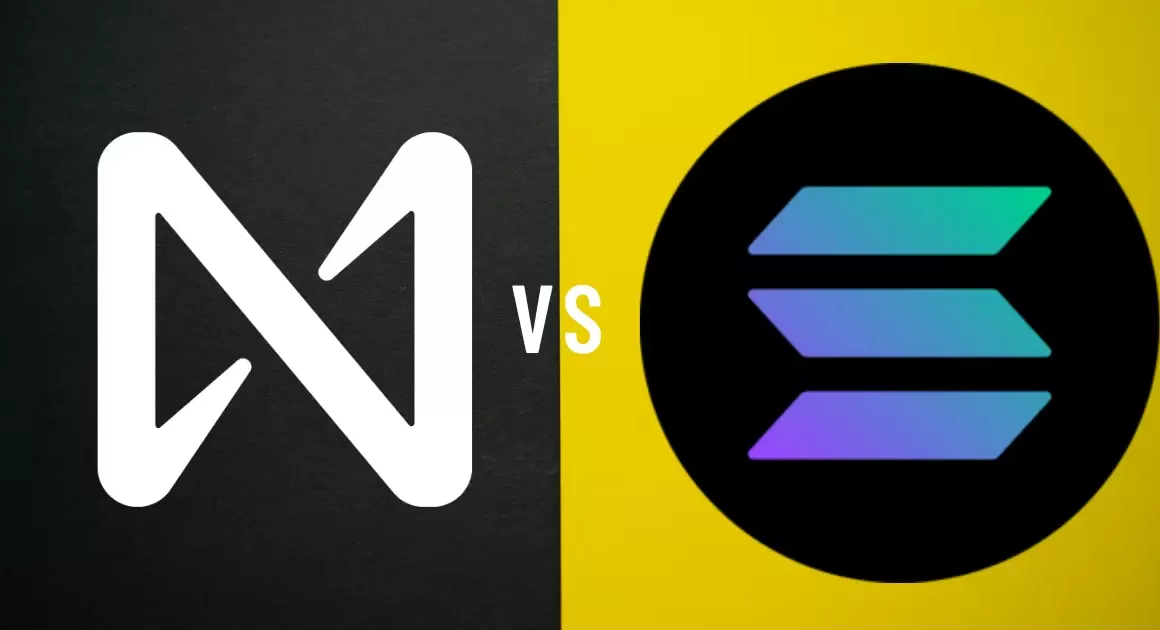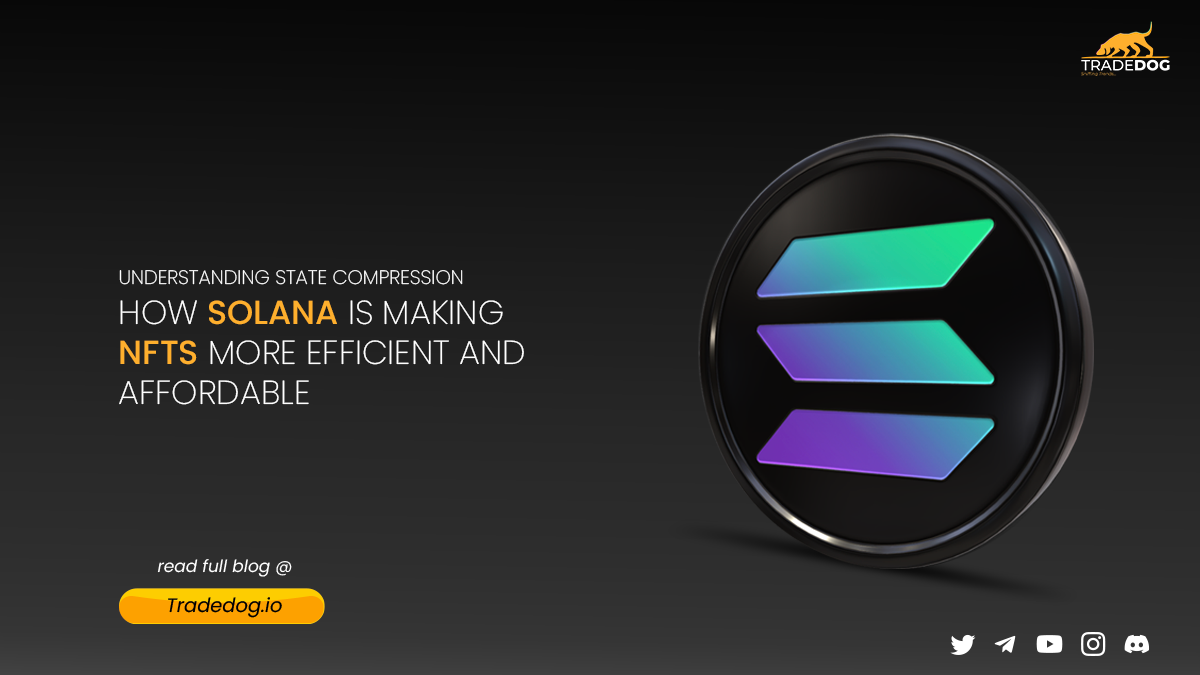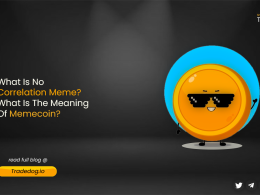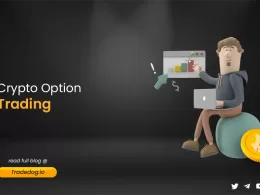Quick Links
With the advent of Blockchain, a whole new era of transparency fueled by this immutable ledger technology came into existence. This excited the entrepreneurs to explore the opportunities that could be unleashed.
Thus in 2015, Ethereum, the world’s first smart contract platform came into existence. It allowed for the Dapp developers to build on top of it and introduced application development capabilities to the platform.
What are Smart Contracts?
A smart contract in simple language is a traditional contract between the transacting parties but with an additional capability to automatically enforce the contract as the conditions stated in the contract are met.
Smart contracts are simply computer programming languages that self-execute themselves without the requirement of any third party. They are enforceable by code similar to traditional contracts that are enforceable by law.
Why would Smart Contract platforms exist?
There are a set of frameworks or general guiding principles that the applications follow to develop their app. An app generally consists of two components:
Frontend– Through which the user interacts with the application
Backend– Upon input by the user, the system executes the programs and the user receives the output on the interface.
Similarly, decentralized applications (Dapps) function in a similar way but have got a little tweak in the whole process.
For a Dapp user, the user still interacts with the frontend but in the backend, the record gets maintained on the blockchain (not the case in traditional applications), smart contracts get executed upon meeting the relevant conditions and the user receives the output.
The backend settlement of transactions on a blockchain, being independent of any intermediary party, provides the following advantages-
- Real-time recordkeeping as the transactions can be accessed along with the complete audit trail
- Reduces fraudulent activities as the nodes are in charge to store the valid transactions
- Cost-efficient as the intermediaries are not required in the whole process.
As per Coinmarketcap, the cumulative market cap of the smart contract platforms stands around ~$219.7 Bn. The market size of Fintech services industry is ~$23 Tr while the DeFi TVL is ~$44Bn. Hence, it shows that the growth upside is huge and is left untapped.
What is Near Protocol and its USPs?
NEAR Protocol is PoS based layer one blockchain with smart contract capability. It uses Doomslug as its block generation technique, and Nightshade as its proposed sharding design to maximize efficiency. It can process 100K transactions per second (TPS), and its time to finality is 2 sec, giving it an edge over its competitors.
It consumes 200,000 times less energy than the Proof-of-work blockchain. It has been backed by top VCs like A16Z, Pantera Capital, Electric Capital, Dragonfly Capital, Baidu Ventures, Blockchain.com, and Coinbase Ventures.
NEAR is the native token for the Near Protocol. Near Protocol currently holds the 34th rank in terms of market capitalization and enjoys a 24 Hour volume of $36 Mn as on Dec 27, 2022.
Technology
Nightshade:
Nightshade is the sharding mechanism of the NEAR protocol. Each shard is independent and can be interpreted as a single blockchain. Validators are responsible for collecting chunks (data packets) to produce the blocks, and they verify these blocks based on the leader-based system.
Doomslug:
Doomslug is the block production technique of the NEAR protocol. It allows NEAR to achieve practical finality after just one round of communication. Practical finality means the block produced by doomslug is irreversible unless at least one participant is slashed.
Future of Near Protocol
Near Protocol has 84% of the total supply out in the markets. This helps us understand that the supply of the new token issuance could be managed by the demand for the token. This will surely offset the selling pressure and would eventually minimize the inflation risk as compared to the protocols that have way less percent of the total supply out in the market.
What is Solana and its USPs?
Solana is a high-performing public blockchain optimized for scalability. It has adopted a revolutionary proposition called Proof-of-History (PoH) which utilizes Bitcoin’s hash function, SHA-256 as a decentralized clock to timestamp transactions. This allows for increased scalability while not compromising security and decentralization on the other side, solving the major bottleneck of Ethereum. It has the current capability to handle 50K transactions per second and has an average 400ms block time.
SOL is the native token for the Solana blockchain. Solana currently holds the 16th rank in terms of market capitalization and enjoys a 24 Hour volume of $133 Mn as on Dec 27, 2022.
Technology
Proof of History: Solana uses SHA 256 algorithm to timestamp transactions instead of generating a specific hash for the valid block as in Bitcoin to prove that the computational work was employed.
Tower BFT is a pBFT-like consensus algorithm. It is architectured to work even when malicious nodes are operating in the system. A practical Byzantine Fault Tolerant system works on the condition wherein the maximum number of malicious nodes must not be greater than or equal to one-third of all the nodes in the system.
Turbine is optimized for transmission of packets through the network as leaders (block producers) stream their data. The leader breaks the block into packets up to 64KB in size. For example- in a 128MB block, the leader produces 2,000 64KB packets and transmits each packet to a different validator.
Gulf Stream: Mempool management architecture of the Solana blockchain. It is able to achieve a throughput of 50K transactions per second by easing the process of block confirmation.
Since every validator knows in advance the order of upcoming leaders in Solana architecture, this allows validators to execute transactions ahead of time, reduce confirmation times, switch leaders faster, and reduce the memory pressure on validators from the unconfirmed transaction pool.
Sealevel: A hyper-parallelized transaction processing engine designed to scale the transactions horizontally on the Solana network. Sealevel helps the validators to identify all non-overlapping transactions and help them to process them at the same time.
Transactions get categorized in the state in which they can be read and written while executing. The runtime finds all the non-overlapping state transition functions that are there in the block and executes the transactions in parallel, known as parallel execution.
Pipelining
For quick validation of transactions in blocks and broadcasting of the transactions across the network, the Solana network leverages Pipelining- an optimization technique common in CPU design.
Pipelining is an appropriate process that allows the stream of input data sequentially involving different hardware requirements to be leveraged for the processing of each step.
Cloudbreak
Solana achieves scalability without the risk of fragmentation by organizing a database that reads and writes transaction input simultaneously. It establishes a data structure wherein the transactions are processed in software and uses all the hardware responsible for indexing the data.
Archivers
Solana adopts a unique model for data storage wherein the data is offloaded from validators to a network of nodes called Archivers. They do not participate in consensus while they store small parts of the state. They can be interpreted as lightweight nodes (e.g. laptops) and they guarantee data availability when enquired.
Comparison: Near Protocol vs Solana
| Parameters | Near Protocol | Solana | Analysis |
| Nodes | 153 | 2471 | Solana clearly is more decentralized than Near. |
| Transaction time | 40-milliseconds | 2.4 seconds | Solana transaction time is way faster than Near |
| Market Cap (Jan 3, ‘23) | $1.12 Bn | $4.34 Bn | As Solana has ~68% supply out with ~$4.35 Bm MCap, this makes it more expensive when compared to Near with 85% Circulatins supply & ~$1.1 Bn MCap. |
| Circulating to Total Supply Ratio | 84% | 68.4% | |
| DeFi TVL (Jan 3, ‘23) | 71.68 Mn | 215.5 Mn | TVL on Solana is 3x to that of Near. It helps us understand the trust that too after the downfall of Serum. |
| Total Dapps | 60 | 137 | The Dapps count seems really less owing to their Market cap. |
The above data clearly highlights that Solana is way faster and more decentralized in comparison to Near Protocol. However, in terms of valuation, Solana is valued at a premium probably because of its high performance and activity (in terms of TVL).
As the chains are the foundational layer and their traction and adoption directly depend on the number of Dapps built on it. Thus, Solana and Near have to clearly pace up their game in order to cope with the number of Dapps built on Ethereum (~3.6K)










